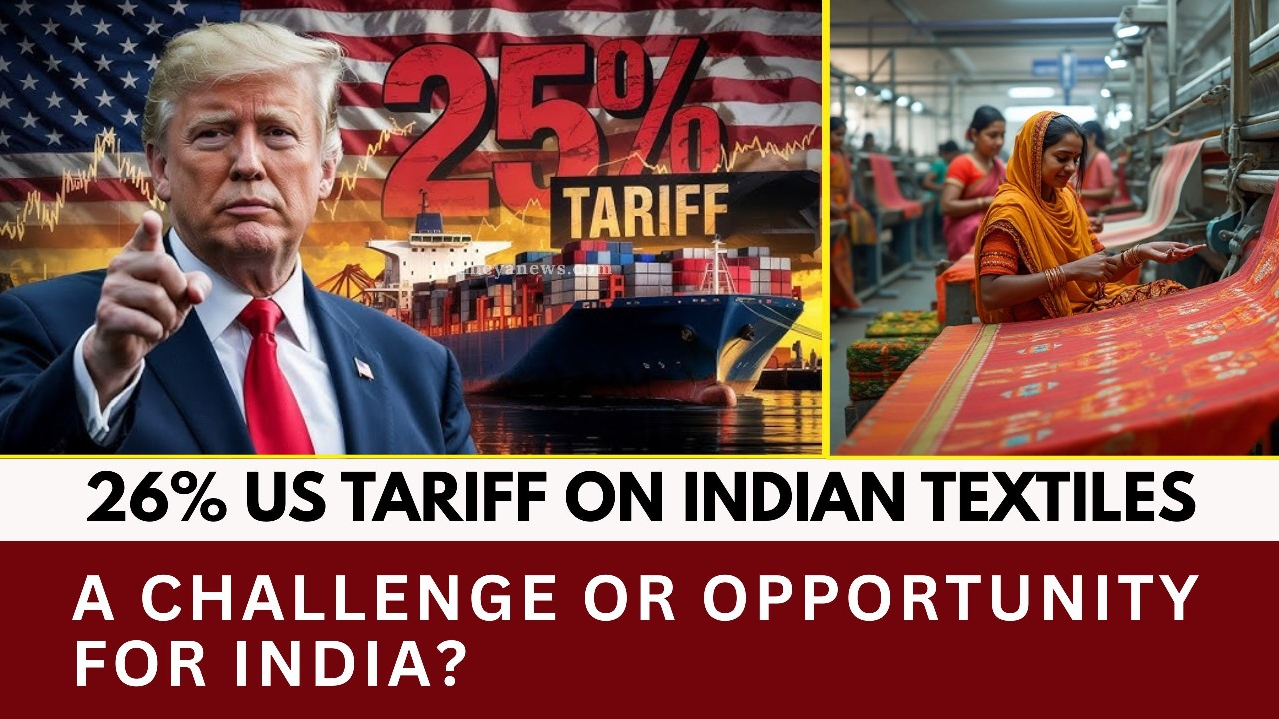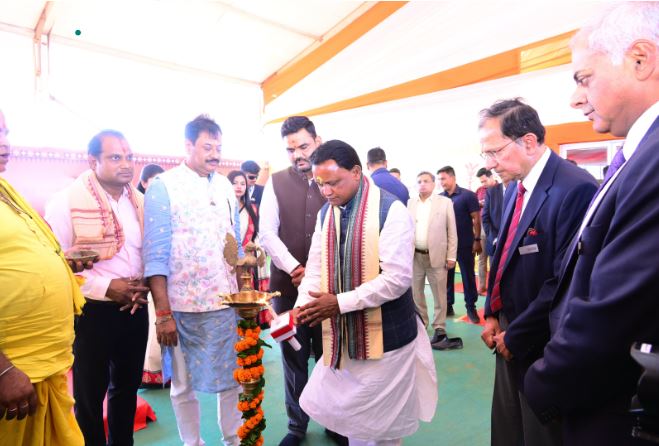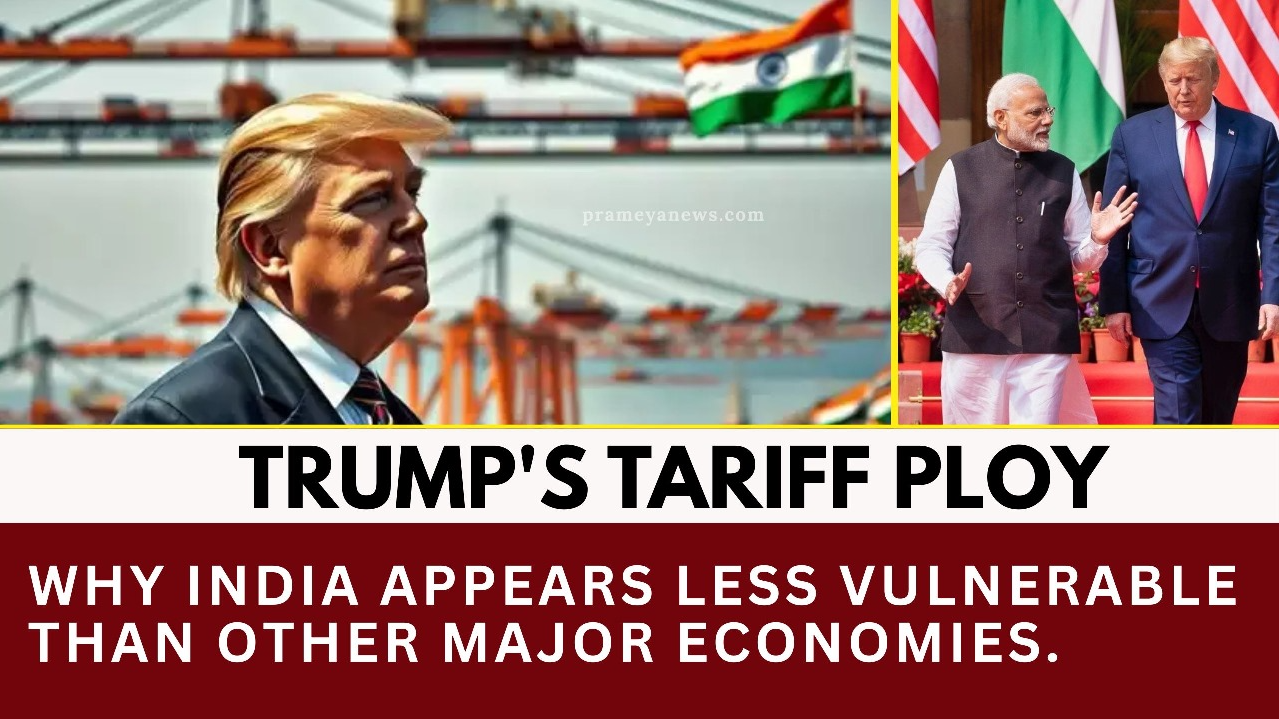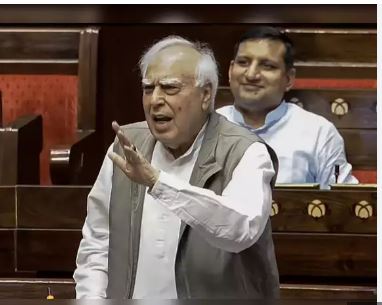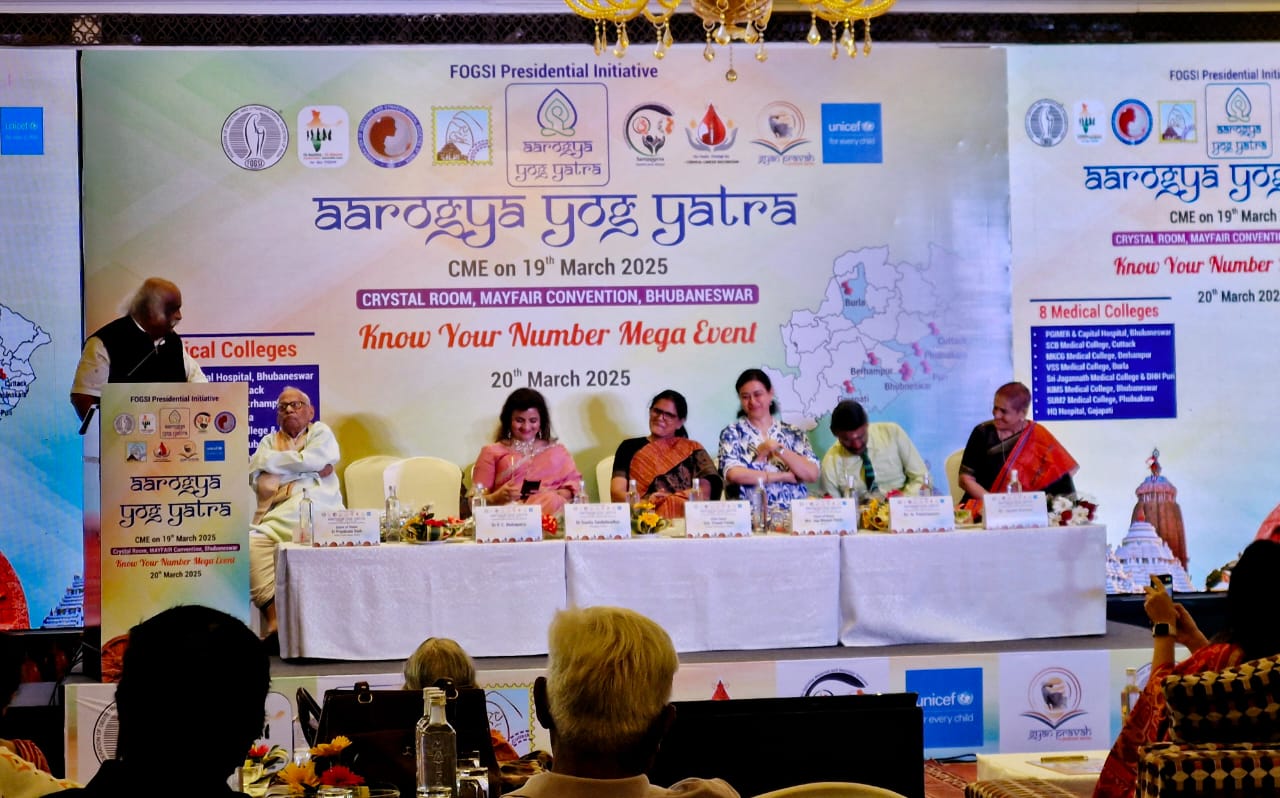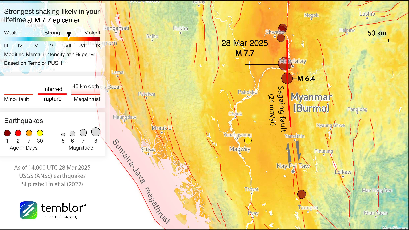New US Tariffs Challenge India's Price-Sensitive Textile Exports
The recent imposition of significant reciprocal tariffs by the United States poses a considerable challenge for India's textile industry, a sector already known for operating on tight margins. As these new duties take effect, questions arise about how Indian exporters will handle increased costs and maintain their footing in a vital, and more expensive, market.
The Tariff Landscape
The US, a major global importer of textiles, has implemented tariffs targeting key Asian suppliers. While rates vary, India faces a reciprocal tariff of 26%. This rate is notably lower than those imposed on some major competitors like Cambodia (49%), Vietnam (46%), and Bangladesh (37%), but higher than the baseline 10% duty that also comes into force immediately for goods previously below that threshold. This complex tariff structure effectively creates a cost barrier for Asian textile exports entering the US market. In 2024, Bangladesh, Mexico, India, Vietnam, and China were the top suppliers, collectively exporting textiles worth $108 billion to the US.
Impact on Costs and Demand
Such substantial duties raise immediate concerns about cost absorption and market demand. For Indian textile companies, particularly the numerous small and medium enterprises (SMEs) operating with thin profit margins, absorbing these additional costs could lead to a significant margin squeeze. Passing the increased costs onto US consumers might dampen demand for textiles from the region, making them considerably more expensive. The extent to which these costs can be passed on versus absorbed by exporters remains a critical uncertainty.
Industry Challenges and Way Forward
India's textile sector has historically faced internal challenges, including competing effectively in global cotton yarn and garment markets, dealing with cotton production fluctuations, import duties on raw materials, finance costs, and infrastructure gaps compared to competitors. The new US tariffs add another layer of complexity. Agility and cost-efficiency will be paramount for Indian firms seeking to retain, their share in the US market under this new tariff regime.
Navigating Choppy Waters
The new US tariffs undoubtedly create significant hurdles for India's textile exporters. While the country faces a lower duty compared to some neighbours, inherent industry challenges and thin margins make adaptation difficult. Proactive measures focusing on efficiency, cost management, and potentially favourable trade agreements will be essential for the sector to face this altered global trade landscape effectively.







